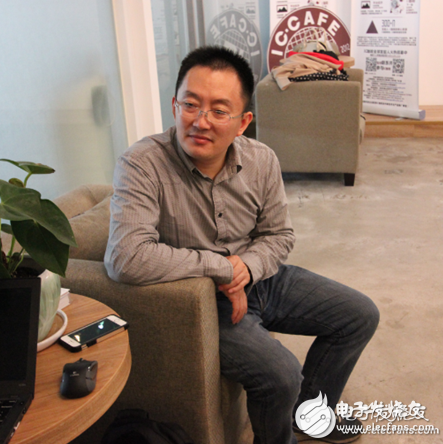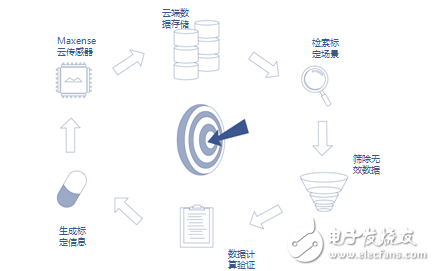Compared with a few decades ago, we have undergone a very big change in the environment of the entire society. First, the birth of the Internet, generated 2 billion devices. Then came the mobile Internet, which took five years to grow the equipment to 6 billion. However, nowadays, the era of traditional Internet entrepreneurship has basically ended. What does this mean? We have entered the next period: the Internet of Everything! In the era of “Internet of Everythingâ€, sensors are the cornerstone of the comprehensive perception of the Internet of Things. They have been used in a large number of applications in life, work, technology and production. At the 2015* 2nd China IOT Conference Sensor Technology Forum hosted by Huaqiang Jufeng, we invited Mr. Gao Zhixing from Maxense CTO to share with us the key technologies of sensors in the Internet of Things era. Maxense Mr. Gao Zhixing MEMS technology: making perception everywhere Huaqiang Jufeng is a one-stop electronic component service provider. The electronic engineer website of the 2.1 million engineer registered users, the electronic enthusiast network, the PCB processing factory Huaqiang PCB and the online core city Huaqiang core city. The company is committed to providing services to the electronics industry. Maxense, a family of IoT sensor products that integrates measurement awareness, network transport and cloud components, provides a complete networked intelligent solution with "end-cloud-end". The nine sensors that have been introduced today are temperature, atmospheric pressure, noise, illumination, VOCs, humidity, formaldehyde, carbon dioxide and PM2.5 sensors. The development of sensor technology drives the development of the Internet of Things. At the same time, sensor technology is the main bottleneck in the development of the Internet of Things. As the Internet and cloud computing have developed rapidly, sensor technology has not kept up in terms of speed. As a key component of the Internet of Things, the accuracy, miniaturization and low power consumption of sensors are closely related to the development of the Internet of Things. Gao Zhixing said that MEMS technology, a key technology in the field of sensors, is a major way out. Multiple identical sensitive components are integrated on the same chip. Small size and light weight are the most important features of MEMS sensors. In addition, MEMS can also integrate compensation circuits, voltage current sources, and A/D conversion. For example: the traditional gas sensor = sensor device + mobile terminal APP, MEMS sensor will be integrated in portable mobile terminals: such as mobile phones, so that the phone becomes a point of perception, the overall cost is greatly reduced. Mr. Gao Zhixing said that MEMS technology is making perceptions ubiquitous with its smaller, richer and more accurate features. The IoT sensor's tera-scale coverage is worth looking forward to! Sensor online calibration technology - dynamic calibration I wonder if everyone has thought about what is most important in the face of the upcoming data age? Of course the accuracy of the data! In the DT era, we can get a huge amount of data. If these massive amounts of data are inaccurate, it will bring us difficulties rather than value! Therefore, it is especially important to improve the accuracy of the data. When talking about how to improve the accuracy of sensor data, Gao Zhixing introduced us to cloud sensors. What is a cloud sensor? What effect does the sensor have when it is inserted into the wings of the cloud? Can you fly to the sky? The cloud sensor integrates measurement awareness, network transport and cloud components, and is characterized by the integration of sensing components and networking components. Mr. Gao Zhixing said that the sensor works with the cloud service to dynamically calibrate the data according to the environment and sensor status during use. At present, static calibration is used on the market, that is, the gas does not flow during the calibration process. Maxense uses the dynamic calibration method, the cloud online calibration engine, analyzes the data, and judges the current environment and scene of the sensor. After the analysis, the cloud generates a data report, and the coefficient of the sensor calibration is obtained. Precise results. Sensor online calibration technology (MAXENSE cloud calibration engine) The Internet has changed the interaction between people and people. The Internet of Things has brought about the cooperation of things and things. Cloud computing provides computing and storage. The future of the Internet of Things has unlimited possibilities and will eventually change the world! Modern Downlights,Mini Downlights,Smart Led Downlights,Led Ceiling Downlights Changxing Fanya Lighting Co.,Ltd , https://www.fyledlights.com
